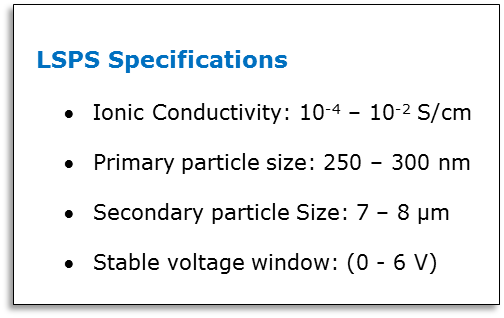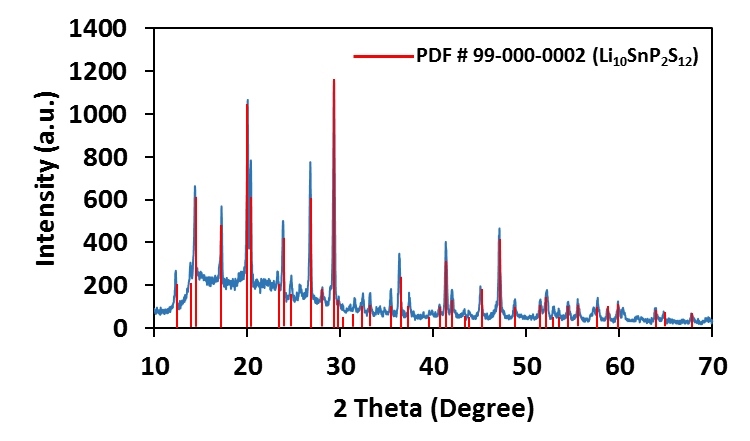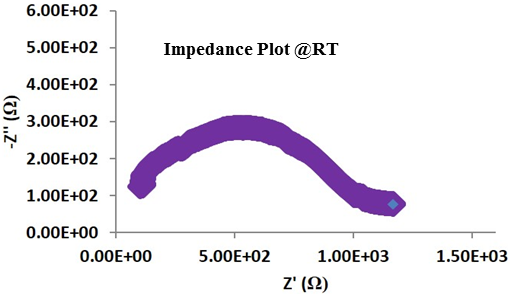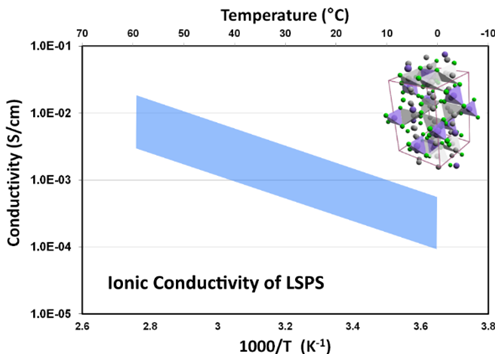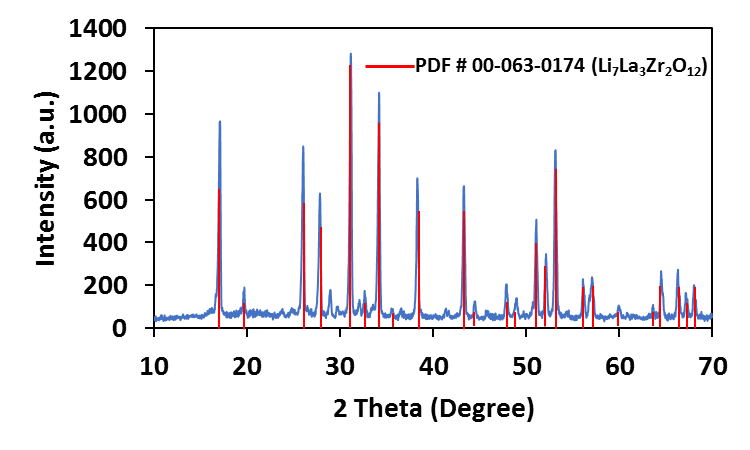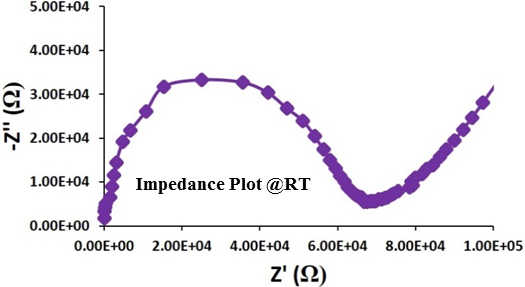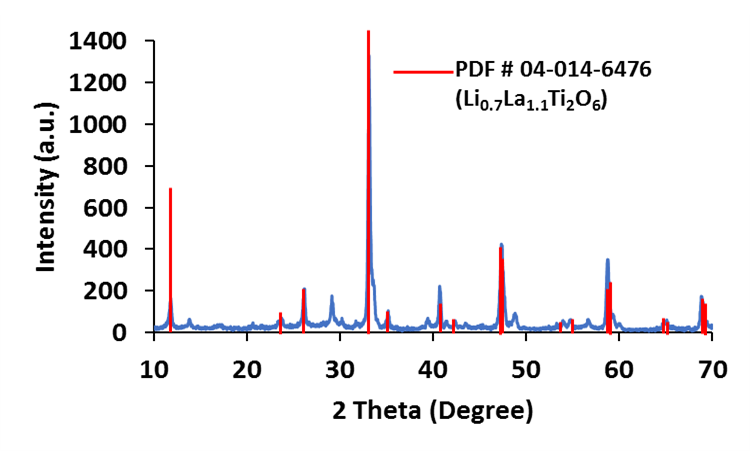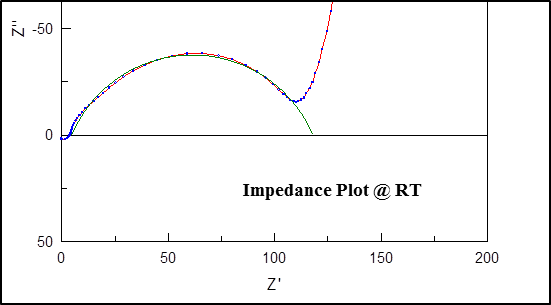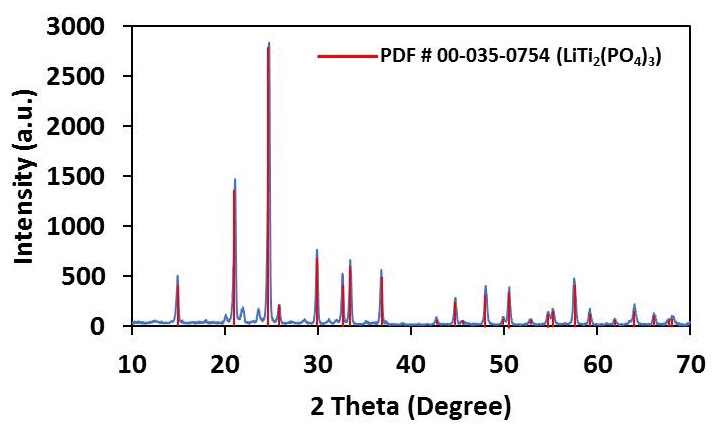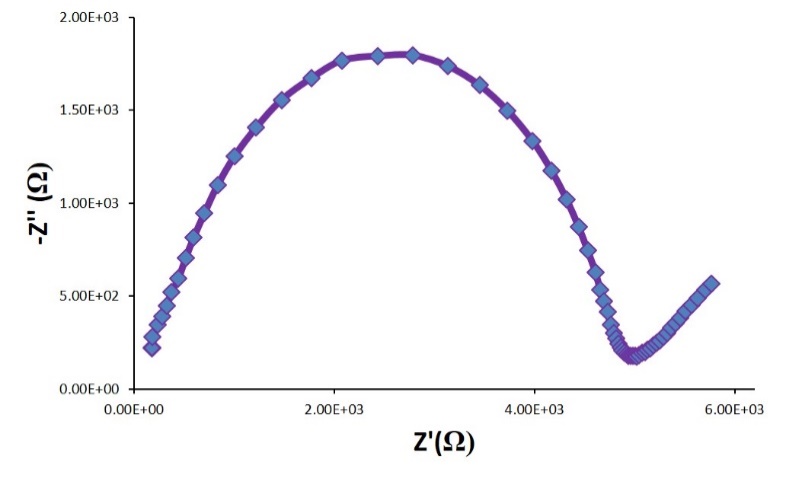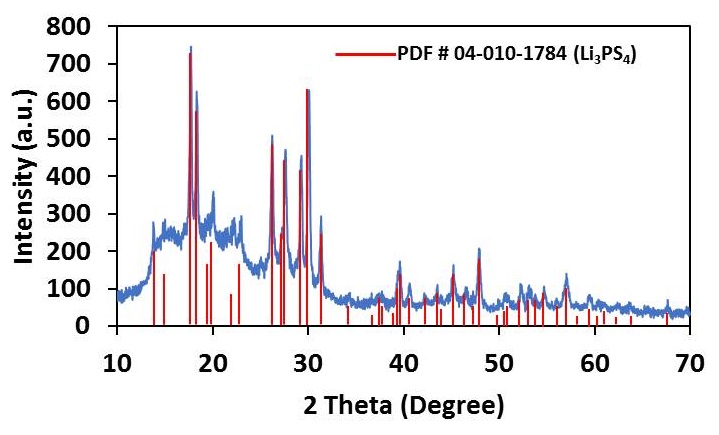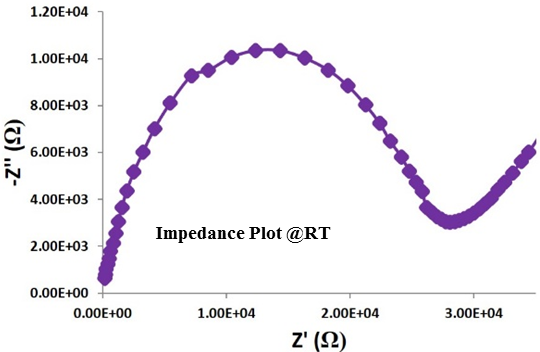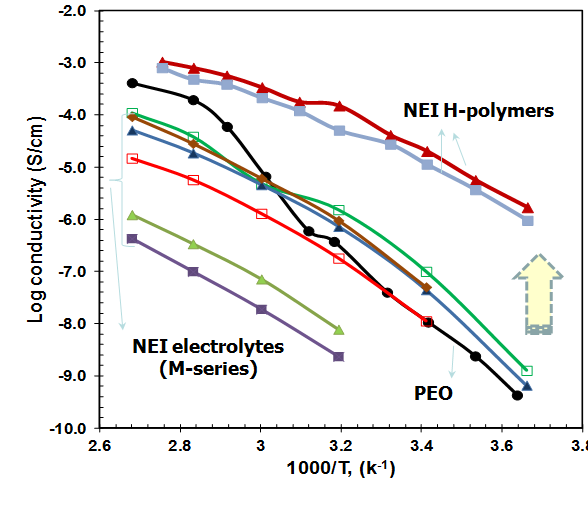NEI Company Updates – Summer 2023
What’s New at NEI Corporation
June 21, 2023
 We’re Expanding!
We’re Expanding!
Since 2005, NEI Corporation has operated a 10,000 square foot, state-of-the-art materials manufacturing and testing facility in Somerset, New Jersey. This spring, NEI began expanding its facilities with an additional 9,200 square feet of space. The add-on facility will allow the company to install new equipment in order deliver larger quantities of materials to better serve its customers.
New Product: LMFP Electrode Sheets
NEI is excited to introduce Lithium Manganese Iron Phosphate (LiMnxFe(1-x)PO4) to its line of electrode sheets for Lithium-ion batteries. NANOMYTE® BE-80E is a cast electrode tape of LMFP, which is a new, higher nominal voltage variation of LFP.
Product Page ♦ View Spec Sheet
NEI Is Hiring – Join our Team!
 NEI Corporation develops, manufactures, and supplies Specialty Materials for diverse industrial applications. NEI employs a multi-disciplinary group of motivated scientists and engineers and is looking for qualified individuals to join our team.
NEI Corporation develops, manufactures, and supplies Specialty Materials for diverse industrial applications. NEI employs a multi-disciplinary group of motivated scientists and engineers and is looking for qualified individuals to join our team.
 Have a Question?
Have a Question?
Try our Frequently Asked Questions page, or you can contact us directly:
Phone: Call us at +1 (732) 868-3141 (Monday – Friday, 8:30 am to 5:30 pm ET)
Email: Send us a message and someone will be in touch with you soon.
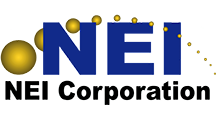
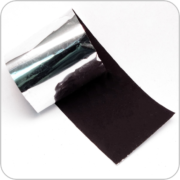
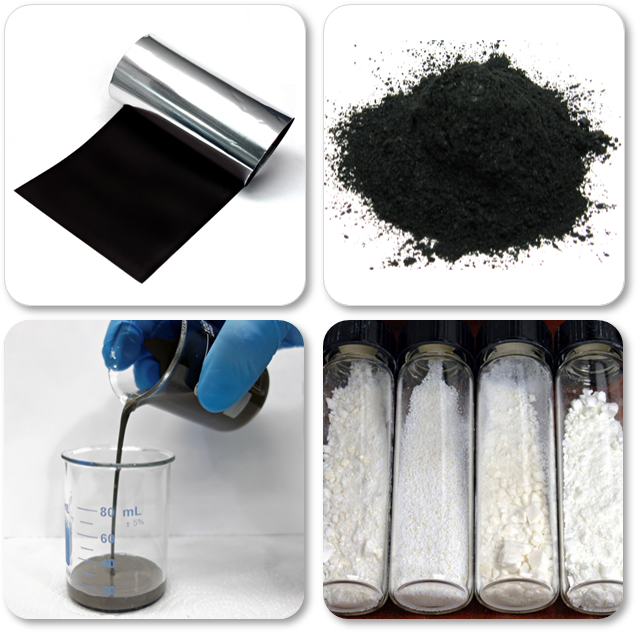 Somerset, New Jersey (USA) – Today, NEI Corporation announced customers can now order from an expanded selection of cathode, anode, and solid electrolyte materials for both
Somerset, New Jersey (USA) – Today, NEI Corporation announced customers can now order from an expanded selection of cathode, anode, and solid electrolyte materials for both 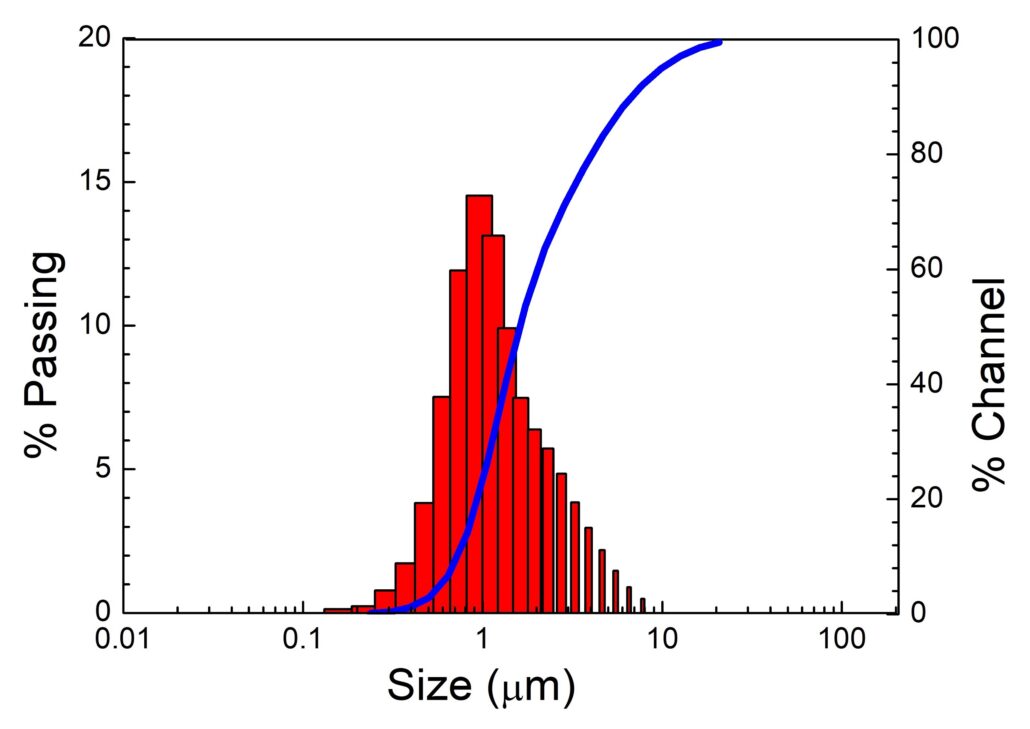
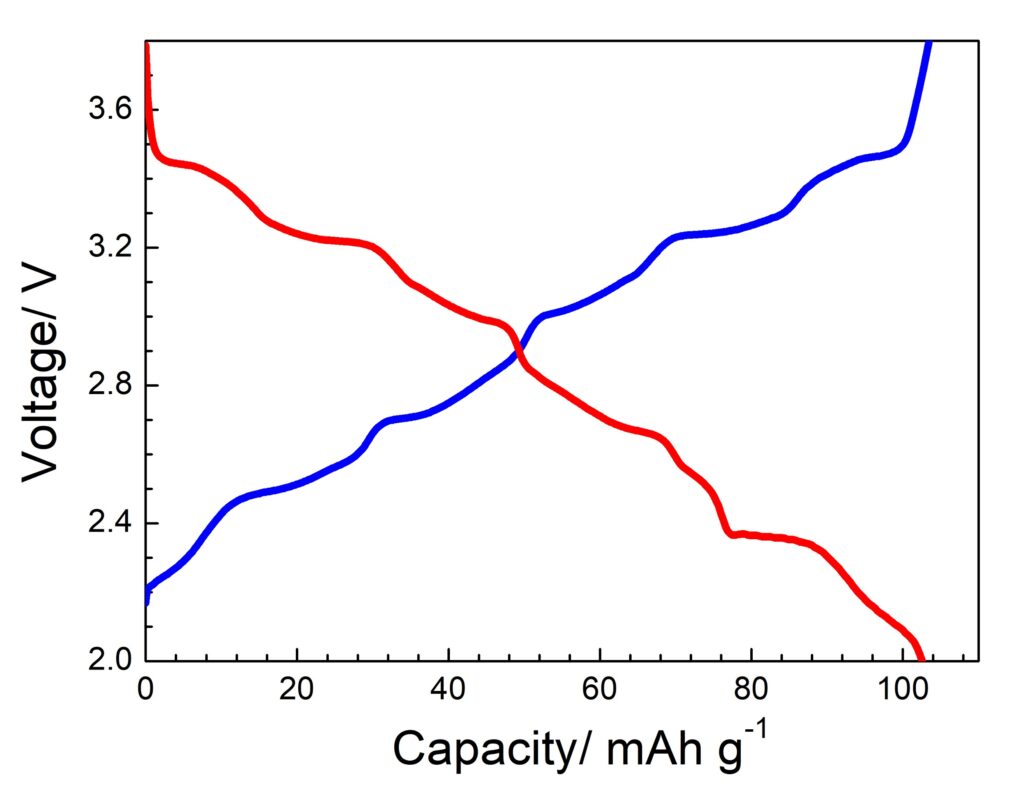

 In addition to increasing the suite of materials being offered, NEI has developed new materials synthesis capabilities, which serve as demonstration stations for exploring new compositions that are difficult to produce using conventional processing. A case in point is precursor materials obtained from recovered nickel, cobalt and manganese salts from recycled lithium-ion batteries. The solution-precipitation setup, installed at NEI, serves as a test-bed to determine processing parameters for materials such as NMC532 and NMC622, or any mixed metal oxide for that matter.
In addition to increasing the suite of materials being offered, NEI has developed new materials synthesis capabilities, which serve as demonstration stations for exploring new compositions that are difficult to produce using conventional processing. A case in point is precursor materials obtained from recovered nickel, cobalt and manganese salts from recycled lithium-ion batteries. The solution-precipitation setup, installed at NEI, serves as a test-bed to determine processing parameters for materials such as NMC532 and NMC622, or any mixed metal oxide for that matter.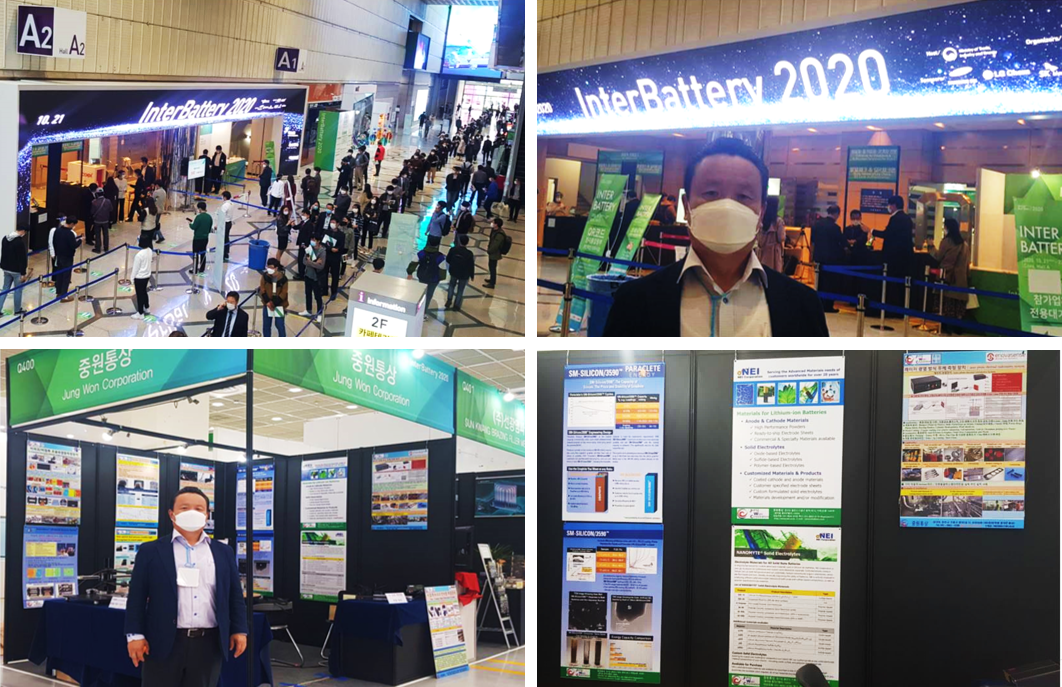
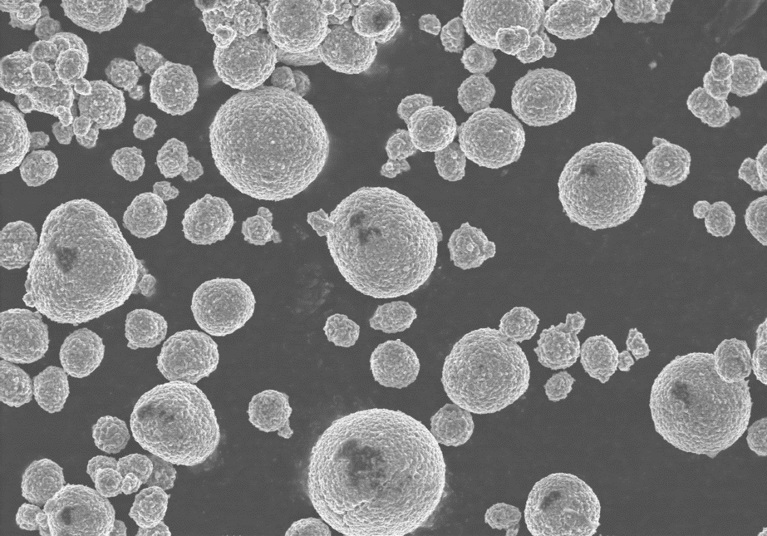
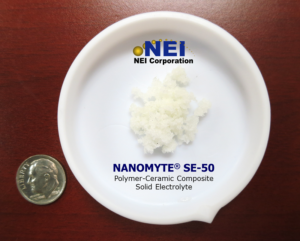 The two key challenges for achieving high performance solid state batteries are the low ionic conductivity of many solid electrolytes and the large impedance posed by the electrode-electrolyte interface. SE-50 has been engineered to address these challenges by having a high Li+ ionic conductivity, combined with low interfacial resistance between the electrode and solid electrolyte. These properties are enabled by the unique elastomeric self-adhesive properties of the solid electrolyte. In addition, SE-50 has excellent electrochemical stability, which allows its use with high voltage cathode materials, such as NMC.
The two key challenges for achieving high performance solid state batteries are the low ionic conductivity of many solid electrolytes and the large impedance posed by the electrode-electrolyte interface. SE-50 has been engineered to address these challenges by having a high Li+ ionic conductivity, combined with low interfacial resistance between the electrode and solid electrolyte. These properties are enabled by the unique elastomeric self-adhesive properties of the solid electrolyte. In addition, SE-50 has excellent electrochemical stability, which allows its use with high voltage cathode materials, such as NMC.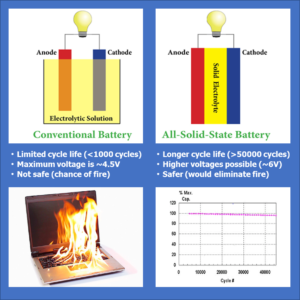 and Samsung’s Galaxy Note 7 catching fire, which resulted in the recall of more than 1 million smartphones in 2016. The combustion is mainly due to leakage of the liquid electrolyte, or short-circuit of the electrodes caused by the failure of the polymer gel separator, which also contains liquid.
and Samsung’s Galaxy Note 7 catching fire, which resulted in the recall of more than 1 million smartphones in 2016. The combustion is mainly due to leakage of the liquid electrolyte, or short-circuit of the electrodes caused by the failure of the polymer gel separator, which also contains liquid.